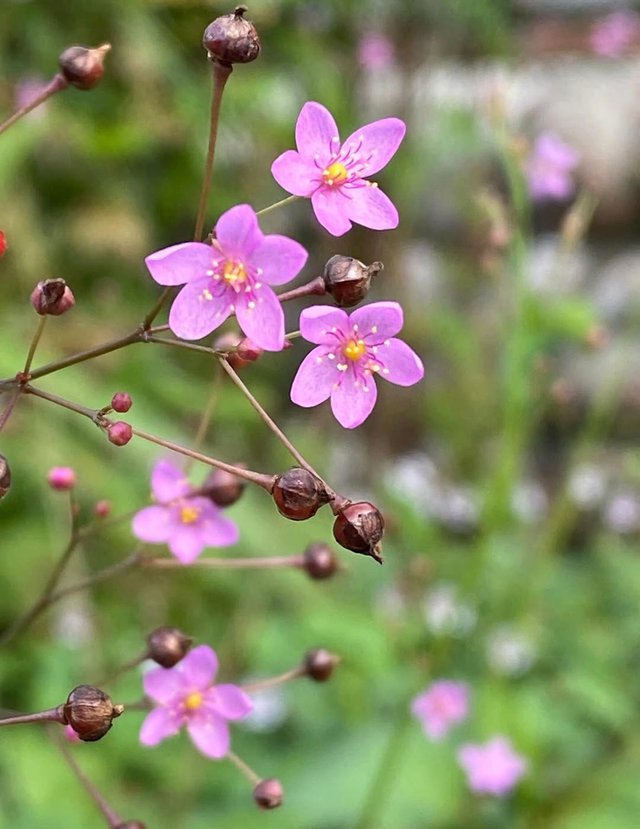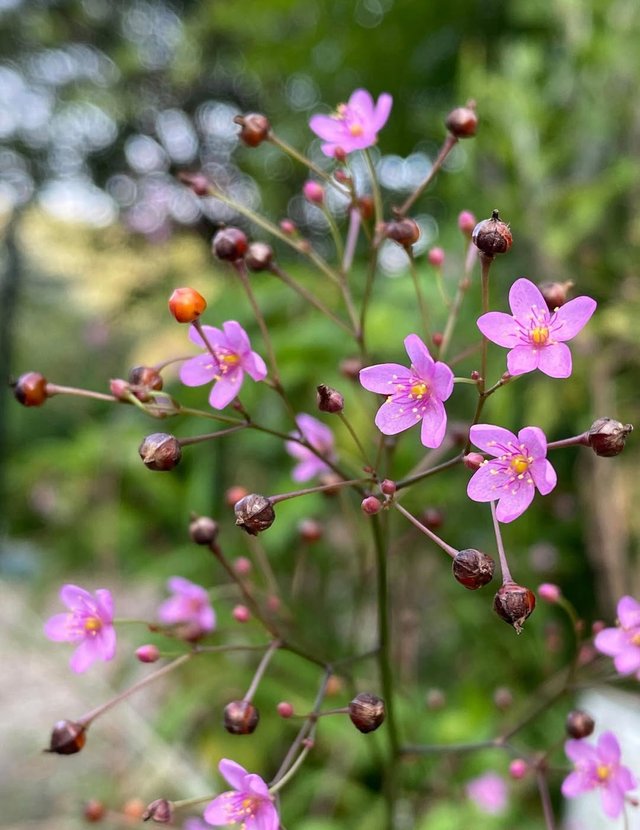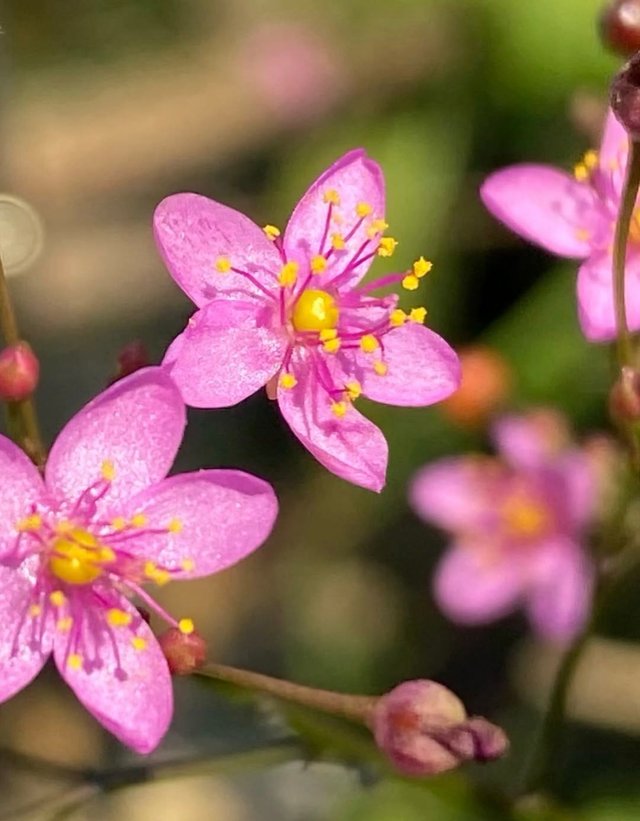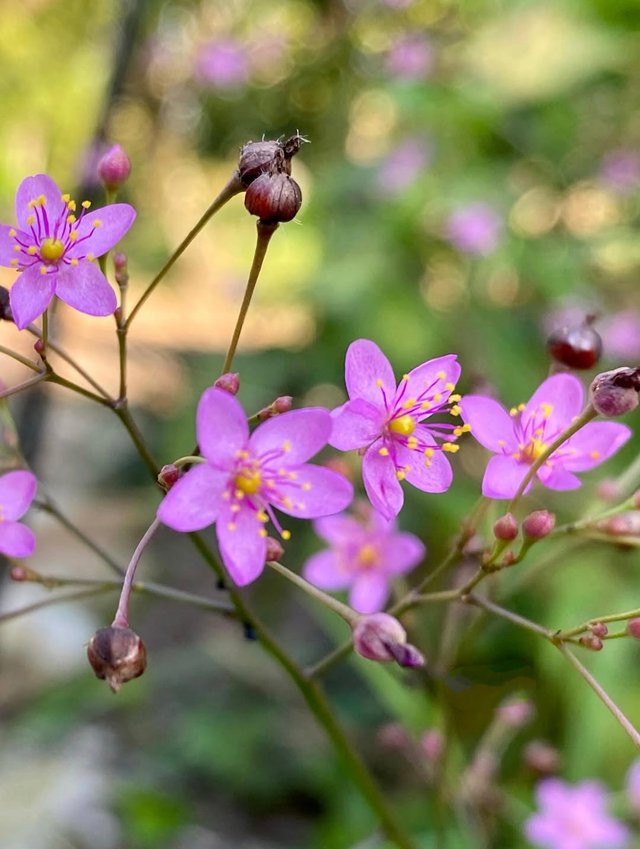Waterleaf Flower
The Waterleaf flower,is a delicate and fascinating plant admired both for its ornamental beauty and its ethnobotanical importance. It is often found in tropical and subtropical regions and is recognized for its lush green leaves, succulent nature, and attractive blossoms that brighten up gardens and natural landscapes. The flowers of waterleaf are usually small, star-like, and borne in clusters, ranging in colors from pale violet to pinkish or sometimes even white, depending on the exact species. Its foliage is fleshy, tender, and filled with water content, which is why the plant is commonly called “waterleaf.” This unique feature allows the plant to retain moisture, making it highly resilient to dry weather conditions and useful as a nutritious leafy vegetable in many cultures.
Waterleaf is often cultivated as both a food source and an ornamental plant, and in some areas it grows wild, thriving in moist soils, riverbanks, and shaded forests.Botanically, waterleaf is a fast-growing annual or perennial herb that spreads quickly and can form dense mats if left unchecked. The leaves are ovate, bright green, and sometimes tinged with a reddish hue, and they are highly valued for their nutritional content, as they are rich in vitamins A, C, and E, as well as minerals like calcium, potassium, magnesium, and iron. The plant is also a significant source of antioxidants and dietary fiber, which makes it an excellent addition to a healthy diet.
Culturally, the waterleaf flower holds value beyond its edibility. Its blooms attract pollinators such as bees and butterflies, contributing to ecological balance and supporting biodiversity. Gardeners appreciate it as a ground cover plant because of its fast growth, soil-binding properties, and ability to prevent erosion. In folk medicine, waterleaf extracts have been used to treat ailments such as anemia, hypertension, digestive issues, and general fatigue, although modern scientific studies are still ongoing to validate these traditional claims. Its high iron and folate content make it particularly recommended for pregnant women in some cultures, while others value it as a “cooling” food believed to refresh the body and improve vitality.




